Search
Remove Ads
Advertisement
Summary 
Loading AI-generated summary based on World History Encyclopedia articles ...
Search Results

Article
Viking Hygiene, Clothing, & Jewelry
Although the Vikings are routinely depicted as rough, grimy, and violent, they were actually quite refined, took personal hygiene seriously, and wore fine clothes ornamented by jewelry. Some Christian chroniclers who condemned the Vikings...

Article
Vikings: Jewelry, Weapons & Social Change at The VIKINGR Exhibition
In April 2019, The Museum of Cultural History in Oslo, Norway, opened its doors to the new exhibition VÍKINGR, containing rich treasures and unique archaeological finds from the Viking Age (c. 750-1050). The Viking Age is considered Norway's...
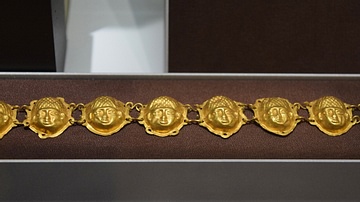
Image
Etruscan Gold Jewelry
A strand of a gold Etruscan necklace, found in Italy, dating back to between 800 and 500 BCE.
Field Museum in Chicago, Illinois, USA.
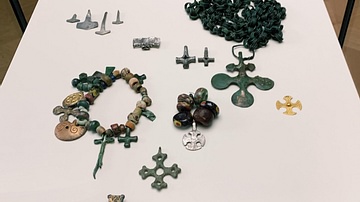
Image
Viking Jewelry
Viking jewelry dating from the 800 - 1100 century CE, showing the transition from Norse Mythology to Christianity. The older pieces depict Thor's hammer, while the latter depicts the Christian cross. Exhibited at the Museum of Cultural History...
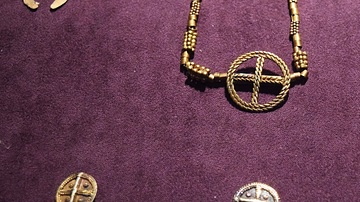
Image
Ancient Jewelry from Armenia
This picture shows a collection of jewels and jewelry (necklaces, pendants, beads) made of gold, tin, and sardonyx. These pieces were made in the 15-13th century BCE in what is present-day Armenia. (Metsamor Historical-Archaeological Museum-Reserve...
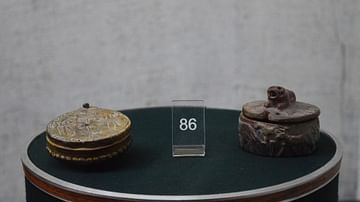
Image
Urartian Jewelry Boxes
These Urartian jewelry boxes are made of stone and were found at Karmir Blur (the Teishebaini Fortress), which is located in present-day Yerevan, Armenia. (Erebuni Historical and Archaeological Preserve, Yerevan, Armenia.)

Article
Fashion & Dress in Ancient Egypt
Fashion in ancient Egypt epitomized the concept of simplicity and ease in movement and remained relatively unchanged in this regard for over 3,000 years. Clothing and footwear differed in ornamentation between the upper and lower classes...
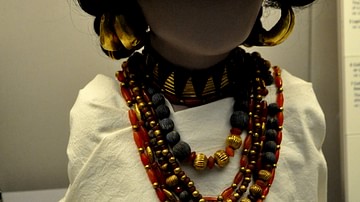
Article
Fashion & Dress in Ancient Mesopotamia
Fashion and dress in Mesopotamia – clothing, footwear, and accessories – was not only functional but defined one's social status and developed from a simple loincloth in the Ubaid Period (c. 5000-4100 BCE) to brightly colored robes and dresses...
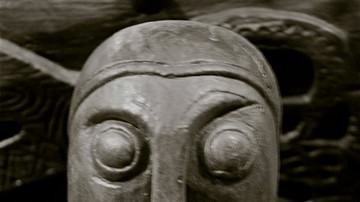
Definition
Vikings
The Vikings were originally diverse Scandinavian seafarers from Norway, Sweden, and Denmark (though other nationalities were later involved) whose raids and subsequent settlements significantly impacted the cultures of Europe and were felt...
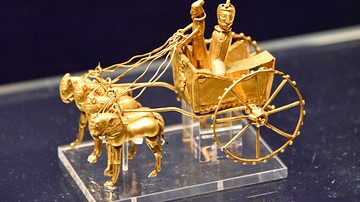
Definition
Oxus Treasure
The Oxus Treasure is a collection of 180 artifacts of precious metal, dated to the Achaemenid Empire (c. 550-330 BCE), which were discovered on the north bank of the Oxus River near the town of Takht-i Sangin in Tajikstan between 1876-1880...